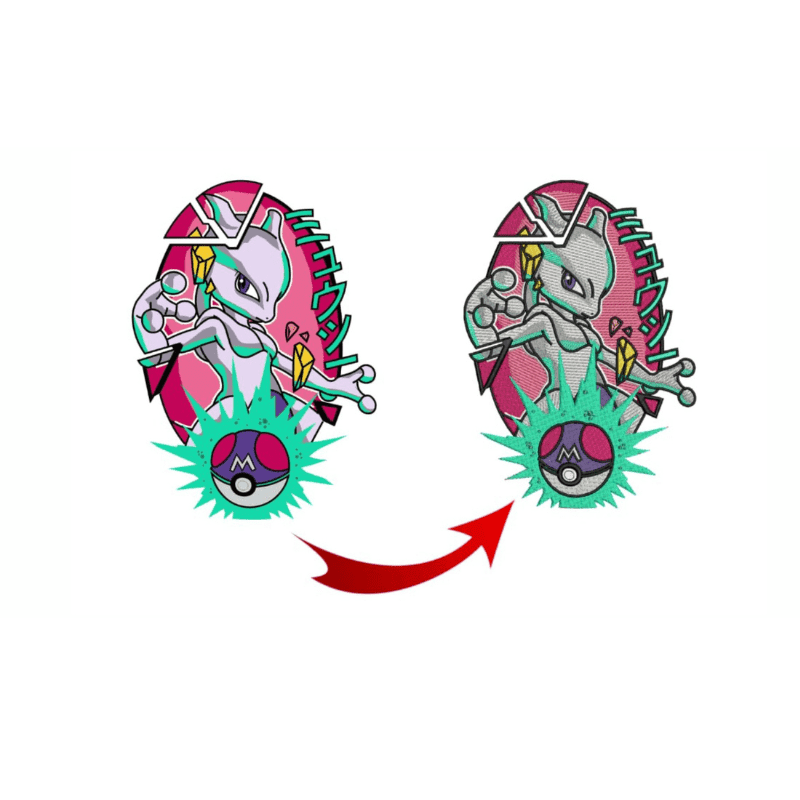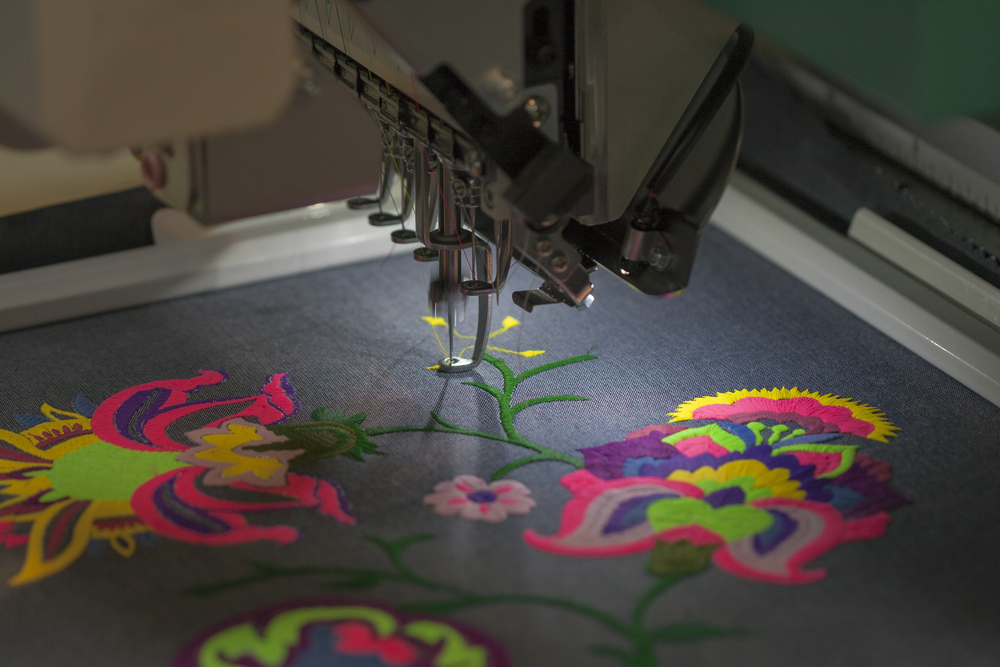Efficient Digitizing for Embroidery: Quick Turn-around
Efficient Digitizing for Embroidery: Quick Turn-around
Blog Article
Streamlining the Art of Needlework Digitizing: Step-by-Step Guide
As innovation continues to breakthrough, the digitization procedure has ended up being more obtainable, enabling fanatics to bring their complex designs to life with ease. In this overview, we will untangle the complexities of needlework digitizing, breaking down each action systematically to streamline the procedure and equip both newbies and seasoned embroiderers alike.
Recognizing Embroidery Digitizing Software Program
Embroidery digitizing software application works as an essential device for changing intricate layouts right into digital formats suitable with needlework machines, assisting in accurate sewing and customization. This specific software program allows users to import different photo data formats, such as JPG or PNG, and transform them right into embroidery machine-readable formats like DST, EXP, or PES - Digitizing for Embroidery. By using attributes like stitch modifying, padding options, and thread shade option, digitizing software enables individuals to manage every facet of the layout process
Furthermore, progressed needlework digitizing software program provides devices for developing complex designs, changing stitch thickness, and incorporating intricate details. Customers can also preview the style before stitching it out, making sure precision and minimizing errors. Furthermore, numerous software application supply automatic functions that assist streamline the digitizing process, saving effort and time.
Understanding the abilities of embroidery digitizing software is essential for attaining high-grade cause needlework jobs. By grasping this tool, needlework fanatics and professionals can unleash their creativity and bring intricate layouts to life with accuracy and efficiency.

Choosing the Right Style Data
After acquainting on your own with the abilities of embroidery digitizing software application, the next important action in the process is choosing the best design declare your task. Digitizing for Embroidery. When selecting a style declare needlework digitizing, it's necessary to consider the intricacy of the style, the size of the last item, and the sort of fabric you will certainly be working with
For elaborate styles with fine information, a high-resolution picture or vector data is recommended to ensure that the needlework maker can precisely recreate the style. Additionally, the dimension of the end product plays a considerable role in picking the appropriate style file. Bigger styles might need higher resolution documents to keep clarity and sharpness.
Additionally, the kind of textile you will be embroidering on affects the selection of design data. Various materials might require modifications in the layout file to guarantee that the stitches are effectively aligned and the style shows up as planned. By thoroughly selecting the right layout data based on these elements, you can set yourself up for a successful needlework digitizing procedure.
Digitizing Devices and Techniques
Utilizing specialized software application and accuracy strategies, digitizing devices are crucial in transforming intricate styles into embroidery-ready data. Needlework digitizing software program, such as Wilcom, Hatch, or Embrilliance, provides the required system to convert artwork into stitch data. These programs use functions like stitch editing, underlay options, and text devices to ensure the design translates perfectly onto material.
Among the crucial techniques in digitizing is creating a clear path for the needlework equipment to adhere to. This entails digitizing each element of the design with precision, identifying stitch types, densities, and directions. By utilizing tools like digitizing tablet computers or straight from the source software-specific plugins, embroiderers can attain a high level of accuracy in their digitized layouts.
In addition, understanding the art of rug stitching is important for generating quality needlework. Underlay sewing stabilizes the fabric and develops a structure for the design, ensuring that the end product is both visually appealing and durable. By recognizing these digitizing tools and techniques, embroiderers can elevate their craft and bring intricate layouts to life with accuracy and performance.
Personalizing Stitch Types and Instructions
The selection of stitch types can significantly affect the general appearance and structure of the stitched design. By tactically incorporating these stitch types, embroiderers can accomplish deepness and dimension in their get redirected here styles.
Furthermore, the instructions of stitches plays a vital duty in enhancing the visual charm of the last needlework. Varying stitch instructions can include texture, highlight certain components, and create visual passion. For instance, changing the angle of stitches can mimic activity or all-natural patterns like hair or feathers. By trying out various stitch angles and patterns, embroiderers can bring their designs to life with exceptional information and details. Mastering the art of customizing stitch types and directions empowers embroiderers to unleash their imagination and raise the quality of their work.
Testing and Refining Your Digitized Style
To ensure the accuracy and quality of your digitized design, extensive testing and refinement are necessary actions in the needlework digitizing procedure. Once you have finished the digitization of your design, it is essential to evaluate it before proceeding with the actual needlework. Examining allows you to determine any kind of potential issues such as thread breaks, sew thickness troubles, or layout distortions that might impact the final result.

After screening, it is essential to fine-tune your digitized style based on the responses from the test sew-out. This may involve tweaking sew setups, changing densities, or making adjustments to the general design to attain the wanted result. By iterating through screening and improvement, you can tweak your digitized layout to excellence before progressing with the real needlework procedure.
Verdict
Finally, mastering the art of embroidery digitizing requires visit our website a complete understanding of the software application, selecting the right design documents, making use of digitizing devices and methods, customizing stitch kinds and directions, and screening and refining the digitized style. By following these actions, embroiderers can simplify the digitizing process and develop high-quality stitched designs with accuracy and efficiency.
Report this page